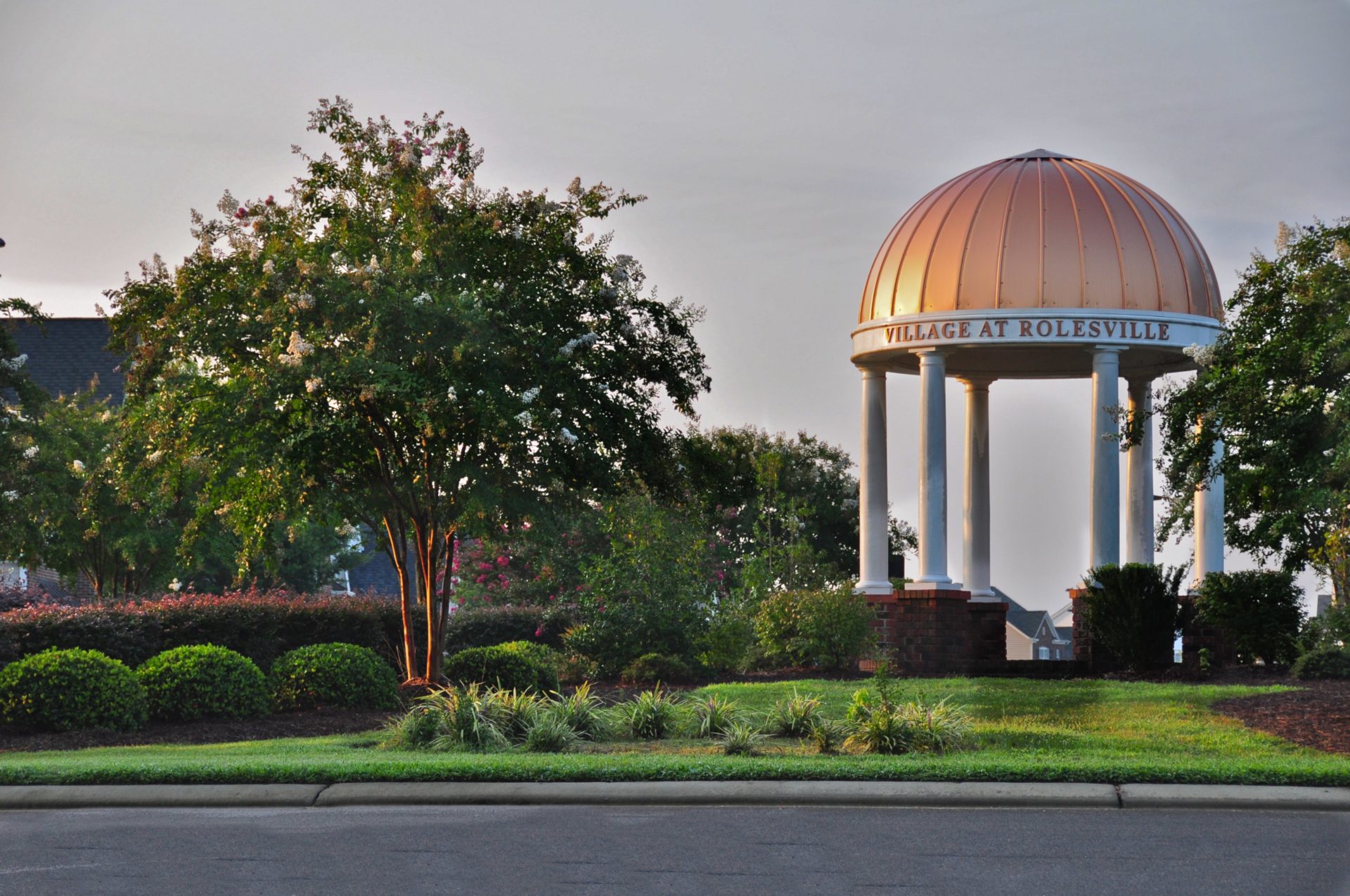The next step in the planning process for expanding Wake transit came with the second
meeting of the Wake Transit Advisory Committee on January 20th, The 70 member
committee represents all corners of Wake and are critical to providing public input. The
Advisory Committee got a better understanding about how transit planning works and
had the chance to actually scope out a plan for Wake. Jarrett Walker, the lead
consultant working to bring a viable system to Wake County, emphasized key topics
including the tradeoffs between transit system coverage of the region vs. high ridership;
how density, walkability, linearity, and continuity can impact ridership; and some specific
examples of these currently within Wake County.
The 70 individuals that make up the transit advisory committee are intended to reflect a
variety of views and represent elected officials, business leaders, civic leaders, and
community organizations. They were split into teams to undergo a planning simulation
game where the final product was a transit map for the county. Their only tools were a
map of Wake County that showed population and job site density and various color
coded materials representing different types of transit. The teams had three hours to
come up with a plan that took into account current lines of transit, budgeting restrictions
based on current funding plus anticipated revenue from the half cent sales tax, and how
to balance providing adequate coverage to as many communities as possible while
maintaining high levels of ridership. Finally they had to create a plan that they believed
would have a high chance of passing if put to Wake County voters.
Key Takeaways from the Planning Process:
1. Coverage and ridership are goals that many care about, but within a finite budget,
they require opposing strategies.
2. Population density is the most accurate predictor of ridership, as population density
increases, ridership increases exponentially.
3. Increased frequency of transit service(for example, transit every 15 minutes vs.
30 minutes) correlates to increased ridership.
4. Light rail would use up at least half of the Wake transit budget, so at this point, none of
the teams chose to include it. However, many want to see it in the future.
5. Commuter rail, which is much cheaper, was included in most transit scenarios, along
with different types of bus service.

To name some of the color codes: orange represents express bus service, light green represents a bus every hour, blue represents a bus every 30 minutes, red represents a bus every 15 minutes, dark green is commuter rail.

